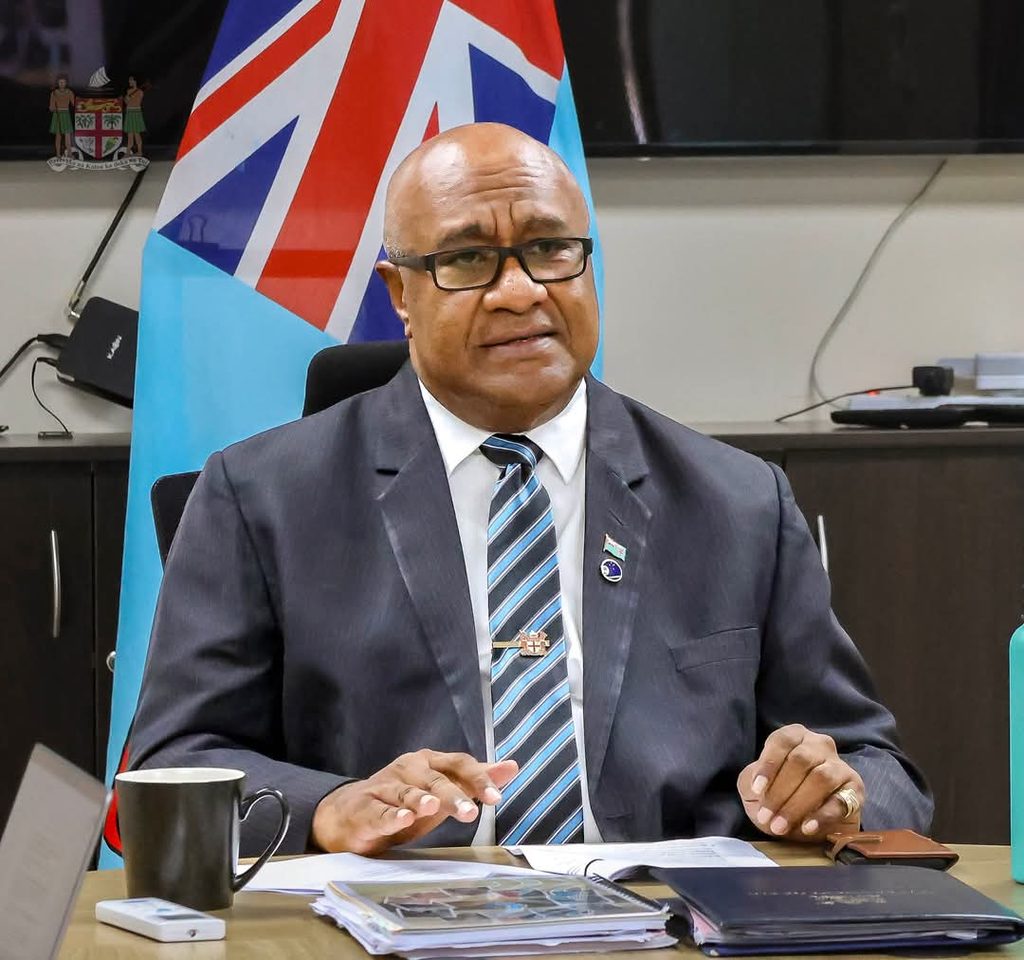THERE is a growing disconnect in academic qualifications and workforce needs, and its subsequent widening in skills gap and the absence of real-time market data has prompted the establishment of a national taskforce to address this emerging concern.
This was agreed at a high-level stakeholder meeting convened by the Ministry of Trade earlier this week, that also called for an urgent national coordination to deliver data-driven education and labour market reforms to confront Fiji’s growing skills gap.
At the meeting, private sector representatives not only noted graduates’ unreadiness for jobs, but also expressed concern at the outdated curricula in secondary and tertiary institutions, the decline of vocational education, and the “erosion” of the country’s once-robust apprenticeship systems.
A private sector rep said their graduates were often not job ready.
The rep cited the telecom sector saying students were being trained on 2G technology when the industry had already advanced to 5G, and they had had to retrain them before they were employable.
Deputy Prime Minister and Minister for Trade Manoa Kamikamica said there were significant investments across key sectors like BPO, ICT, and infrastructure.
However, he said that was confronted by the fundamental challenge of the lack of skilled human capital to sustain the momentum.
Fiji Higher Education Commission (FHEC) executive Steve Chand identified another major gap – the absence of a national database to track and anticipate sector-specific workforce demands.
“We currently have over 5000 qualified caregiver graduates with no meaningful employment pathway. That’s $15million spent by families with no return,” Mr Chand said in a statement from the ministry after the meeting.
“We must ensure that qualifications are meaningfully connected to employment outcomes or we risk undermining public trust in our education system,” he added.
According to the ministry, the meeting also proposed leveraging institutions such as Fiji Revenue and Customs Service (FRCS), Fiji National Provident Fund (FNPF) and the Bureau of Statistics to establish a national Labour Market Intelligence System.
It said this system would enable access to up-to-date workforce data for educators, students, policymakers and employers.
Mr Kamikamica said they could no longer create policies in the dark.
“Our planning must be grounded in reliable, real time labour market data,” the DPM said.
He said the Government was committed to reinvigorating apprenticeship programs, and also reaffirmed the need to restore the 1 per cent training levy to support employer-led workforce development initiatives.
“This marks the beginning of a more open and industry-informed conversation,” Mr Kamikamica said of the meeting and the setup of the national task force.
“We must reimagine our education and training systems, not only to close today’s skills gap, but to prepare Fijians for the jobs of the future.”
Last year, Fiji National University pro-vice-chancellor Dr Isimeli Tagicakiverata had said that close to 100,000 people would be trained through the university’s TVET program by 2027 – part of their strategy to response to the Government’s concerns regarding the skills gap issue in the country, attributed to a high number of skills migrations.
Also last year, MSME Council chairman Watesoni Nata called for an educational reform to tackle Fiji’s skills shortage, which he said significantly impacted MSMEs that collectively employed 60 per cent of the country’s workforce.
The meeting was attended by representatives from FHEC, International Migration Organization (IMO), FCEF and the private sector.
Note: This article was first published on the print version of the Fiji Times dated April 28, 2025

